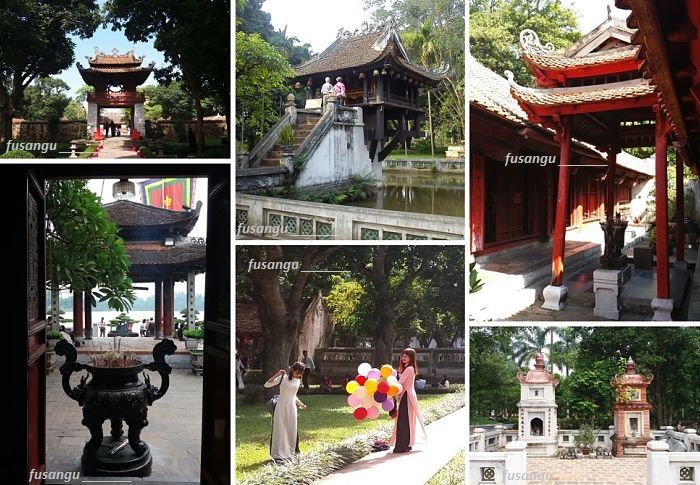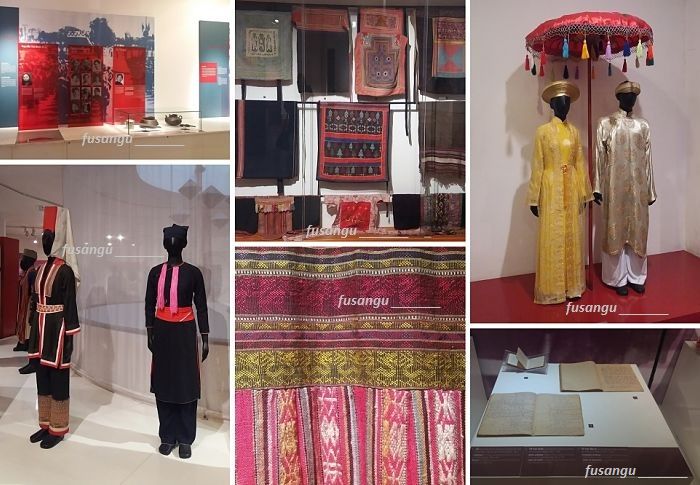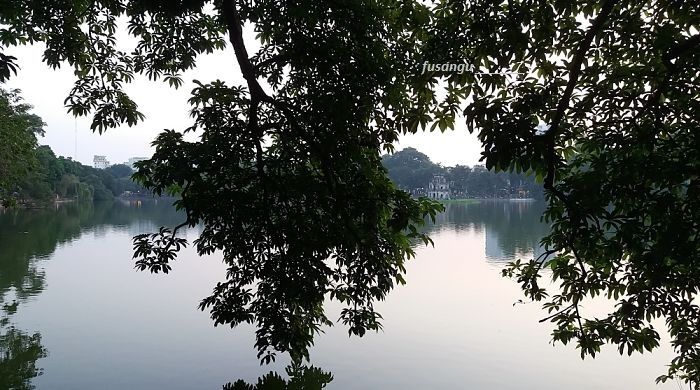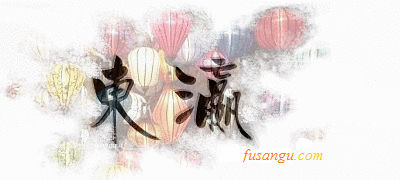
In this page we describe a 3-day itinerary which makes for an excellent first visit to Hanoi. We chose to focus on major places of interest of historical and cultural interest within the city centre and its immediate surroundings.
At the end we give suggestions on how to change the programme according to the specific time of year when you plan to travel.
Hanoi 3-day itinerary: suggested programme
Three days allow to visit many of the city’s main sightseeing places. Hanoi has plenty of landmarks, museums and attractions that can satisfy any kind of traveller.
If you choose a hotel in the centre, it is very convenient to get around on foot. The first visit typically starts from the perimeter of Hoan Kiem Lake.
Day 1: Hoan Kiem Lake
A first visit to the city typically starts near Hoan Kiem Lake. The quaint and atmospheric lake is the spiritual centre of the city.
Near the lake are many of Hanoi’s main sightseeing places. All destinations can be reached on foot.
Hoan Kiem Lake, Jade Emperor Temple
Hoan Kiem Lake is the scenery of one of the founding myths of the Vietnamese nation. According to the myth, Emperor Le Loi had received a magic sword that helped him defeat Ming China. He then returned the sword to the Golden Turtle God (Kim Qui) which appeared while Le Loi was boating on the lake. Hence, this was named Hoan Kiem Lake, “Lake of the Returned Sword”).
The graceful small lake is the cultural and spiritual centre of modern Hanoi and serves as meeting point and venue for important social gatherings.
At the centre of the lake is the Turtle Tower, a small and dignified ancient temple. An elegant wooden bridge leads to the Jade Mountain Temple, a place of worship with a long and complicated history situated on a small island at the north-western corner of the lake.
A ring of tall trees, among which many exhibit wonderful flowering create a physical and symbolic separation from the ordinary city.
Vietnamese Women’s Museum
Vietnamese Women’s Museum is definitely one of Hanoi’s most interesting museums. It is located south of Hoan Kiem Lake, not far from the railway station and Hoa Lo Prison Museum, in Hai Ba Trung district.
The museum highlights the role of women throughout the history of Vietnam, with particular emphasis on their contribution to the social life, economy, art and wars for national independence.
The museum allows the visitor to get to know many aspects of the unique and highly distinctive culture of Vietnam and there are many interesting artefacts and items of every day life on display.

Old Quarter
North of Hoan Kiem Lake lies the so-called Old Quarter, a fascinating maze of narrow and meandering streets where life seems to flow as it used to do in the past.
Though very little remains of the ancient architecture, with the notable exceptions of a few temples and profane buildings, the atmosphere, alternating slowness and frenzy makes it for a must-see destination.
Most streets are named after the good that was traded there. Some have retained the original vocation while others have changed completely.
Not to be missed are a beautiful traditional house at 87 Ma May (Nha Co Di San) and Bach Ma Temple.
Water Puppetry Theatre
The Water Puppetry show is an entertaining performance that popularises themes and stories rooted in Vietnam’s history and mythology.
The ancient art was developed along the Red River as a way to educate people. It combines traditional music, dance and poetry.
Regular performances are held at Thang Long Theatre, located near the north-eastern corner of Hoan Kiem Lake.
Day 2: Ho Tay
The second day in Hanoi is spent in the area of Ho Tay Lake (West Lake). Near Ba Dinh Square, where Ho Chi Minh Mausoleum is located, are museums and the iconic One Pillar Pagoda.
Not far is the Temple of Literature,a major landmark of the city.
Ba Dinh Square, Temple of Literature
The last day in Hanoi is devoted to some Ho Tay, Ba Dinh and Dong Da districts. The areas are not too far from the centre but it is advisable to get around by taxi in order to save time.
Ho Tay, Tran Quoc Pagoda, Den Thanh Quan
Ho Tay (or Tay Ho, “West Lake”) is a large freshwater lake located north-west of Hanoi’s city centre. Near its shores are a number of ancient temples.
You can start your visit to the area from Tran Quoc Pagoda, Hanoi’s most ancient Buddhist temple. Located on a small peninsula protruding into Ho Tay Lake, surrounded by calm waters and a deep sense of separation from the profane world, the temple makes for a stunning sight.
The temple stands out for its beauty, artistic value and cultural and religious significance.
As you leave the lake you are soon to meet Den Quan Thanh, an ancient Taoist temple. Inside is a huge bronze sculpture of GuanYu, a Chinese martial deity, highly revered in Vietnam.
Ba Dinh Square, Ho Chi Minh Mausoleum
Ba Dinh Square is a large space where military parades and manifestations of Vietnam’s patriotism take place. The square separates the National Assembly (Vietnam’s parliament) and Ho Chi Minh Mausoleum, the resting place of modern Vietnam’s national hero.
Entrance to the mausoleum requires appropriate attire and respectful behaviour. After visiting the mausoleum you can see the gardens and Ho Chi Minh’s modest stilt house.
There is also a museum providing plenty of information on Ho Chi Minh and his struggle for national independence.
One Pillar Pagoda
A few steps away from Ho Chi Minh Mausoleum is the beautiful One Pillar Pagoda (Diên Hựu tự, 延祐寺; Liên Hoa Đài, 蓮花臺), one of Vietnam’s most recognisable symbols and original architectures.
The historic temple was erected by Lý Thái Tông, emperor of the Dai Viet from 1028 to 1054. The childless emperor had dreamed that Quan Am (Avalokiteshvara) seating a lotus flower handed him a baby. The emperor then married a woman who bore him a child. To express his gratitude, Ly Thai Tong built this temple in the shape of a lotus flower. Near the temple is a bodhi tree gifted by India.
The temple was ravaged by the retreating French troops in 1954.
Van Mieu Quoc Tu Giam
After lunch you can reach the Temple of Literature on foot or by taxi. The Van Mieu (commonly translated incorrectly as “Temple of Literature”) is a large religious complex and the site of Vietnam’s first national university. It was built under the Ly Dynasty and its layout reflects that of Confucius’ Temple in QuFu (ShanDong, China).
Surrounded by a low brick wall, the site is made of five courtyards linked by three parallels pathways.
Inside the first two courtyards are large gardens with ancient trees and trimmed lawns. Between the second and third courtyard is Khue Van Pavilion, the symbol of the city of Hanoi.
In the middle of the temple (third courtyard) is the Thien Quang Tinh (Heavenly Light Spring). On either side of the well are two halls which house the treasures of the temple. Here are rows of large statues of turtles bearing stelae that honour those who took the Imperial Exams.
In the fourth courtyard is the main hall, where Confucius and his disciples are worshipped. The temple is an elegant architecture housing many statues and artefacts.
In the fifth and last courtyard is the Imperial Academy (Quoc Tu Giam). The buildings are reconstructions. The site was destroyed by the French as their rule was collapsing.
The temple is very popular and is regularly a venue for events and rites that celebrate the national culture. It is customary for students to take pictures here upon graduation.
Day 3: museums and quarters in the city centre
The third and final day in Hanoi can be used for a visit to the following places:
-
Vietnam Ethnography Museum, an interesting museum that presents the culture of the numerous peoples living in present-day Vietnam;
-
Thang LongCitadel, a historical imperial residence, which comprises an archaeological museum and a bunker used during the last war;
-
Dong XuanMarket and Long Bien Bridge, landmarks of the modern city, near the Old Quarter;
-
Hoan Kiem Lake, an interesting walk might pass by Saint Joseph’s Cathedral, Ly Trieu Quoc SuPagoda and Ba Da Pagoda. West of the lake is the so-called French Quarter.

Where to stay in Hanoi
The city centre is the best place where to find accommodation in Hanoi if your stay is so short. Even if the centre is quite small, different areas offer completely different contexts.
The old quarter is the tourist core of the city. You can find lots of restaurants and shops around there but it is rather chaotic and noisy.
A better option is to find a hotel near the Hoan Kiem Lake, especially along the southern and eastern shores. Here are some of the city’s best value for money structures.
High-end hotels are near the western shore, in the so-called French Quarter.
Related articles:
First journey to Vietnam: suggested 2-week itinerary

